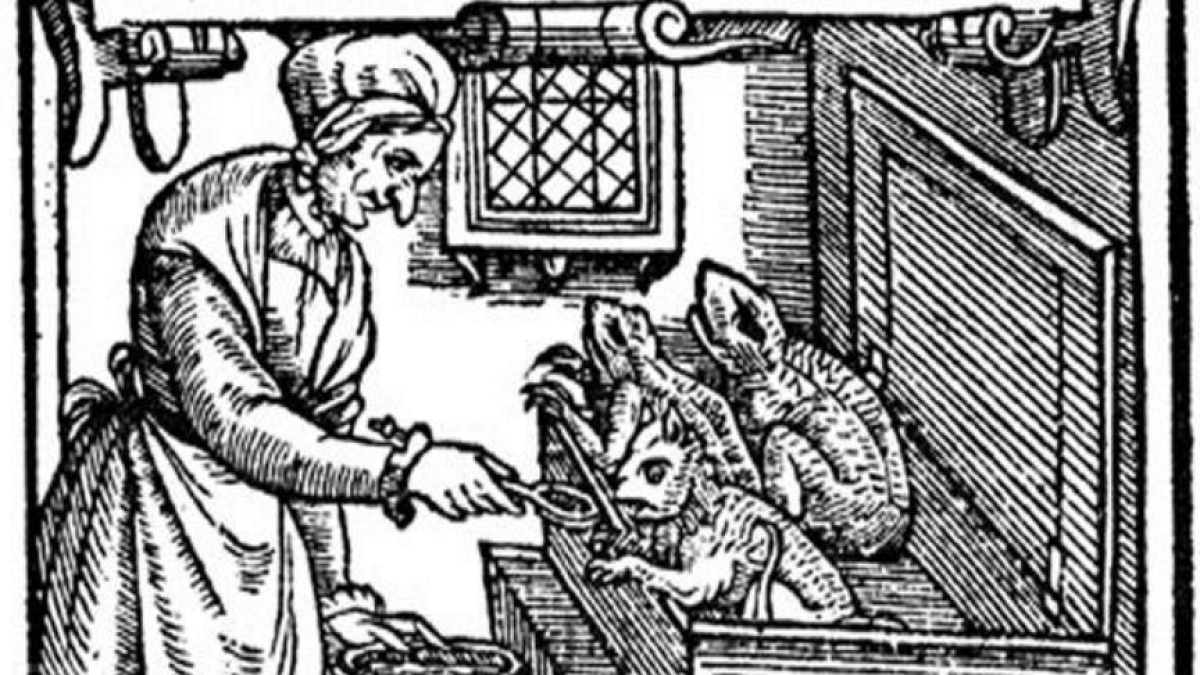Visitors to the Museum of Natural and Cultural History will be able to explore unicorn horns, witch bottles and more at the “Magic in Medieval Europe” exhibit, on view beginning Saturday, Oct 23.
Curated by Martha Bayless, professor of English and director of the Folklore and Public Culture Program at the UO, the exhibit offers an enchanted journey through the Middle Ages, a time when Europeans commonly turned to magical stones, dried toads and names written in blood to help explain or control the world around them.
The exhibit uses medieval manuscripts, imagery and artifacts to dig into the origins of everyday superstitions.
“These elements help reveal some of the motivations behind magical thinking,” said Ann Craig, exhibitions director at the museum. “A key takeaway is that belief in magic isn’t just a medieval phenomenon, but something that’s still very much with us today.”
Displays will include “magical” metals, fossils, spells and a historical copy of the Malleus Maleficarum, Europe’s most famous witch-hunting manual, written in the 15th century by a Catholic clergyman. A number of specimens will especially appeal to Harry Potter fans, including a mandrake root and a bezoar, a stone-like mass taken from an animal’s stomach and imbued with special powers, that’s on loan from Mount Angel Abbey.
Visitors can also explore a diorama of a typical European peasant dwelling and learn how to appease its troublemaking house elves.
At one interactive display, visitors can interpret their dreams with the help of a medieval chart. At another, they can enter the world of witches and identify their very own animal familiar.
“But be forewarned,” Bayless said. “Most familiars are from the creepy, crawly side of life. It was thought that vermin and pests were either controlled by the devil or were actually demons, so flies, worms, snails, rats, mice and toads were all in league with the witch.”
The museum will mark the exhibit’s unveiling with a weeklong celebration set for Saturday, Oct. 23 through Sunday, Oct. 31 and featuring indoor and outdoor activities for visitors of all ages, including Halloween mask-making. The festivities will run during regular museum hours, 10 a.m. to 5 p.m. Wednesday through Sunday, with evening hours on Thursday until 8 p.m. Admission is free for UO ID cardholders and families visiting campus during Fall Family Weekend.
Craig said that the exhibit and opening celebration were designed in part to buoy community spirits amid the challenges of the pandemic.
“We’re all ready for some magic and mystery and fun in our lives,” she said. “Whether you’re coming for a spooky date night or bringing the family for some Halloween merriment, the exhibit will certainly deliver.”
—By Kristin Strommer, Museum of Natural and Cultural History


